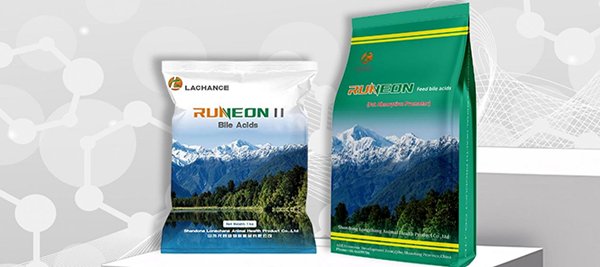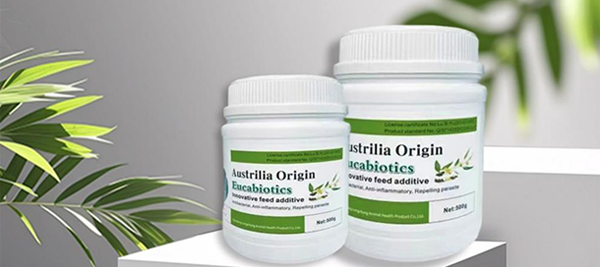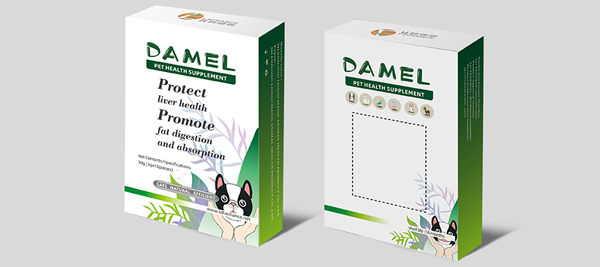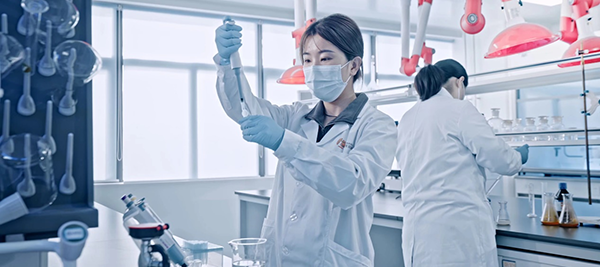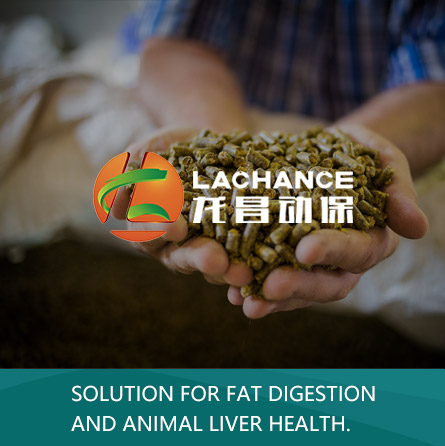Eggshell Quality--A challenge for egg industry around the world
Eggshell quality is an important index to measure egg quality, eggshell quality directly affects the value of eggs. The quality of eggshell is affected by many factors, including the variety of laying hens, age, nutritional ratio, disease prevention and control, feeding management, equipment rationality, etc. Problems in any link may cause poor eggshell quality and unqualified eggs to increase significantly, resulting in economic losses.
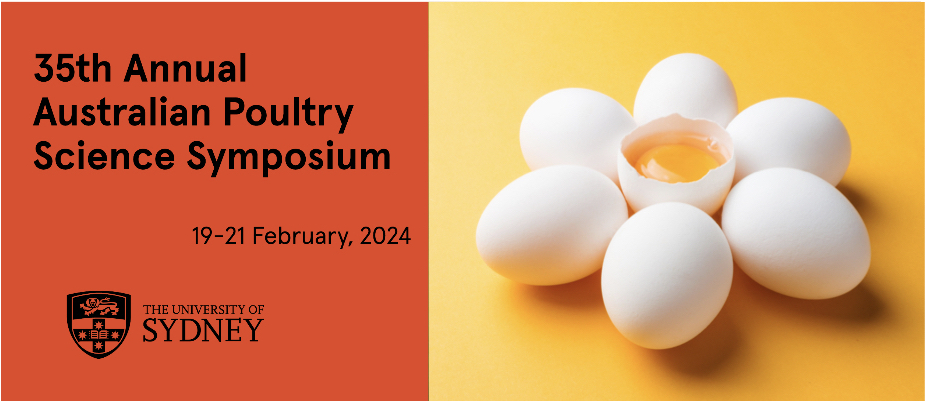
Therefore, eggshell quality is a challenge faced by the egg industry all over the world. At the recently concluded 35th Annual Australian Poultry Science Symposium, many researchers shared their research on eggshell quality, hoping to make their own contribution to solving the eggshell quality challenge in the egg industry.
1. Topic: Extending layer hen lifespan: Studies in the Australian context
Extending the lifespan of egg laying hens would contribute to decreasing the size of the national flock and the use of limited resources, increasing the sustainability of the Australian egg industry. For extension of flock life to be economically viable, aspects of hen management including hen feed efficiency, eggshell quality, and hen health need consideration. To this end some recent Australian studies of brown egg producing hens in longer laying cycles have been undertaken. Overall, smaller sized hens at point of lay that gain small increments of weight through to mid-lay consume less feed, are more feed efficient with good bone health and more favourable liver function throughout a longer laying cycle compared to larger sized hens. Eggshell quality in older hens benefitted when a more nutrient dense diet was fed in the early laying period. The transferability of these outcomes into cage free egg production systems in Australia should be evaluated.
2. Topic: Hybrid feed-New approach in layer hen feed at start of production
The actual genetic improvements in layer hens are providing the market with a layer hen producing saleable size eggs quicker than before and extending the production life. These two parameters are related to the start of the production. A good feed intake at the start of production assures a good egg size at the beginning of production and a good eggshell quality at the end. At the start of production, a second bone development happens that will load the bones of the layer hens with calcium, that is critical in the calcification of the egg during production. The hybrid feed is a recommendation of how to approach the layer hen feed at the start of production just after the developer rearing feed phase is finished. This hybrid feed is a mix of concepts of rearing developer feed and production feed; it will stimulate feed intake development and will have enough nutrients to support the body and bone development happening when the first egg is produced and it can be used in any layer hen, brown or white. This feed is meant to be safer and cheaper solution than other traditional approaches of feeding layer hens and it supports the genetic potential of the birds.
In fact, we all know that the formation of eggs requires calcium, experienced poultry farms will add additional limestone, complex vitamins, fish oil and other hope to provide sufficient calcium for chickens to ensure the quality of eggshells. However, if there is still an eggshell problem after calcium supplement, it means that the calcium added is wasted and is not well used by chickens, at this time to improve the calcium content of the chicken body needs to protect the liver.
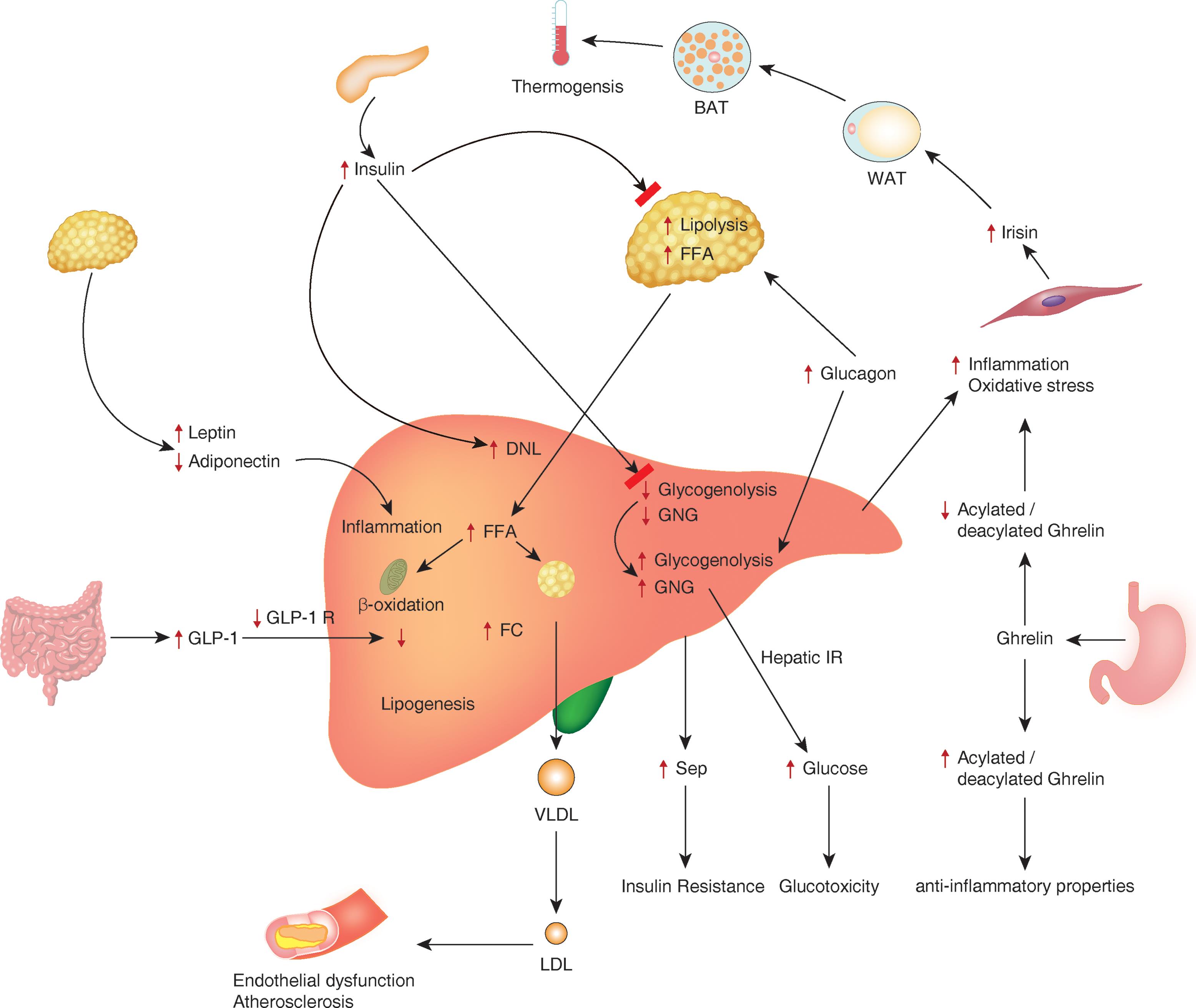
One of the most important functions of the liver is the metabolic function. Various nutrients such as protein, fat, carbohydrates, vitamins and minerals that animals eat are transported to the liver after initial digestion and absorption in the gastrointestinal tract, where they are broken down and then synthesized again into other substances needed by the animal body. The liver also has many other functions, such as detoxification, immune defense, bile acid production and hematopoietic functions, which are closely related to animal health.
Feed additive bile acid can protect poultry liver, promote calcium absorption and improve eggshell quality. Bile acids can activate FXR, reduce TG synthesis and increase TG clearance, promote VLDL synthesis, enhance TG transport, reduce fat deposition, and prevent fatty liver. In addition, bile acids can promote liver cells to secrete a large amount of thin bile, and timely discharge harmful substances such as mycotoxins with bile to the liver. Bile acids can also degrade intestinal endotoxins, prevent endotoxins from circulating through the liver and intestines into the liver, and reduce the harm of intestinal endotoxins to the liver.
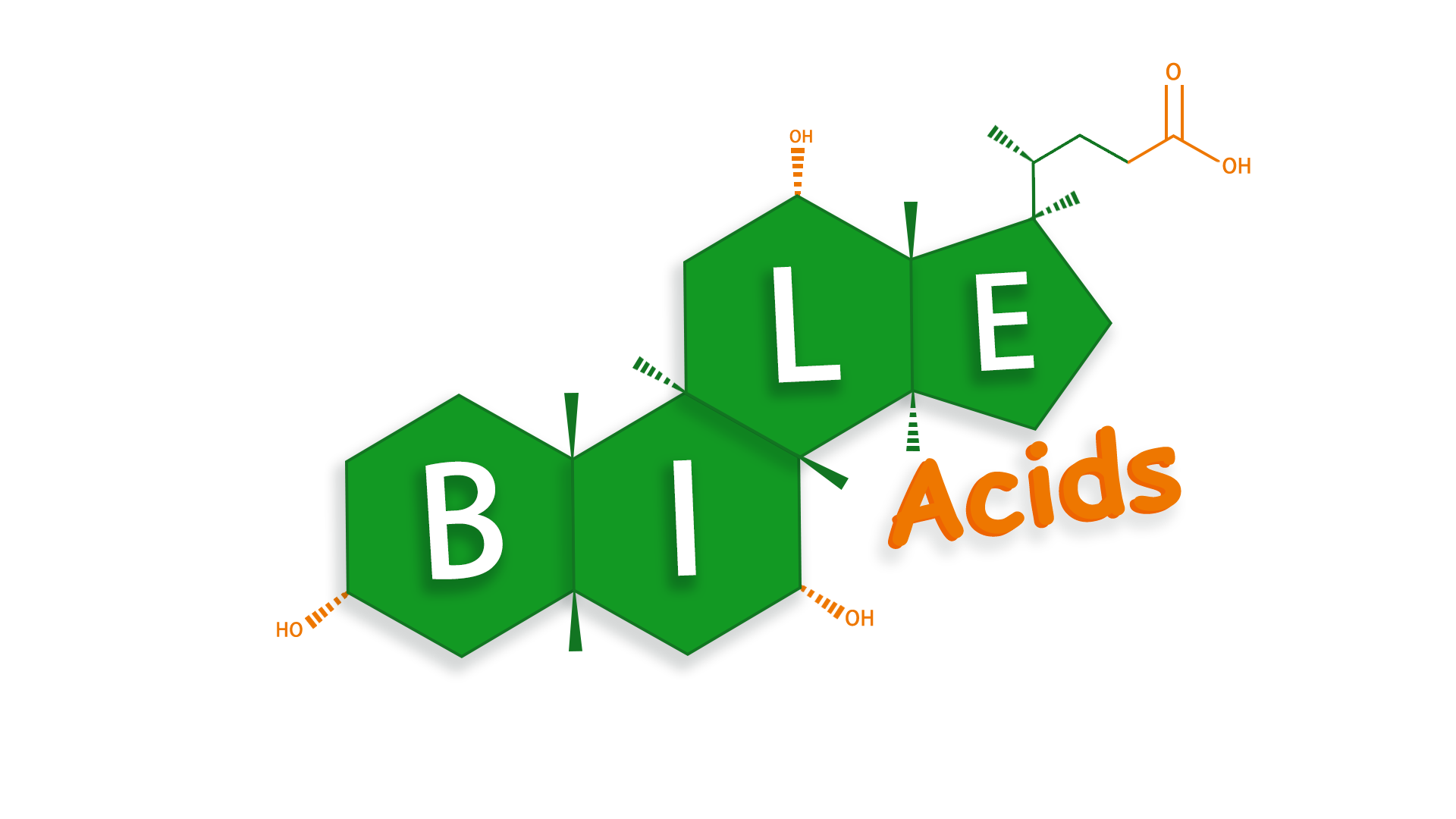
As for the effect of bile acids added to feed on improving egg quality, the current study shows that bile acids added to feed can improve egg shell quality, protein concentration height and yolk color, especially in the late laying period. Bile acids improve eggshell quality because they promote the absorption of fat and fat-soluble substances, especially fat-soluble vitamin D3. Vitamin D3 can promote Ca to form calcium-binding protein in intestinal mucosal cells, thereby promoting the active absorption of Ca, increasing the content of Ca in eggshell and improving the quality of eggshell.
As a raw material processing workshop for egg formation, liver plays an irreplaceable important role in the process of egg formation, liver health level directly affects the quality of eggshell, to create "a good egg", please be sure to pay attention to liver health.

